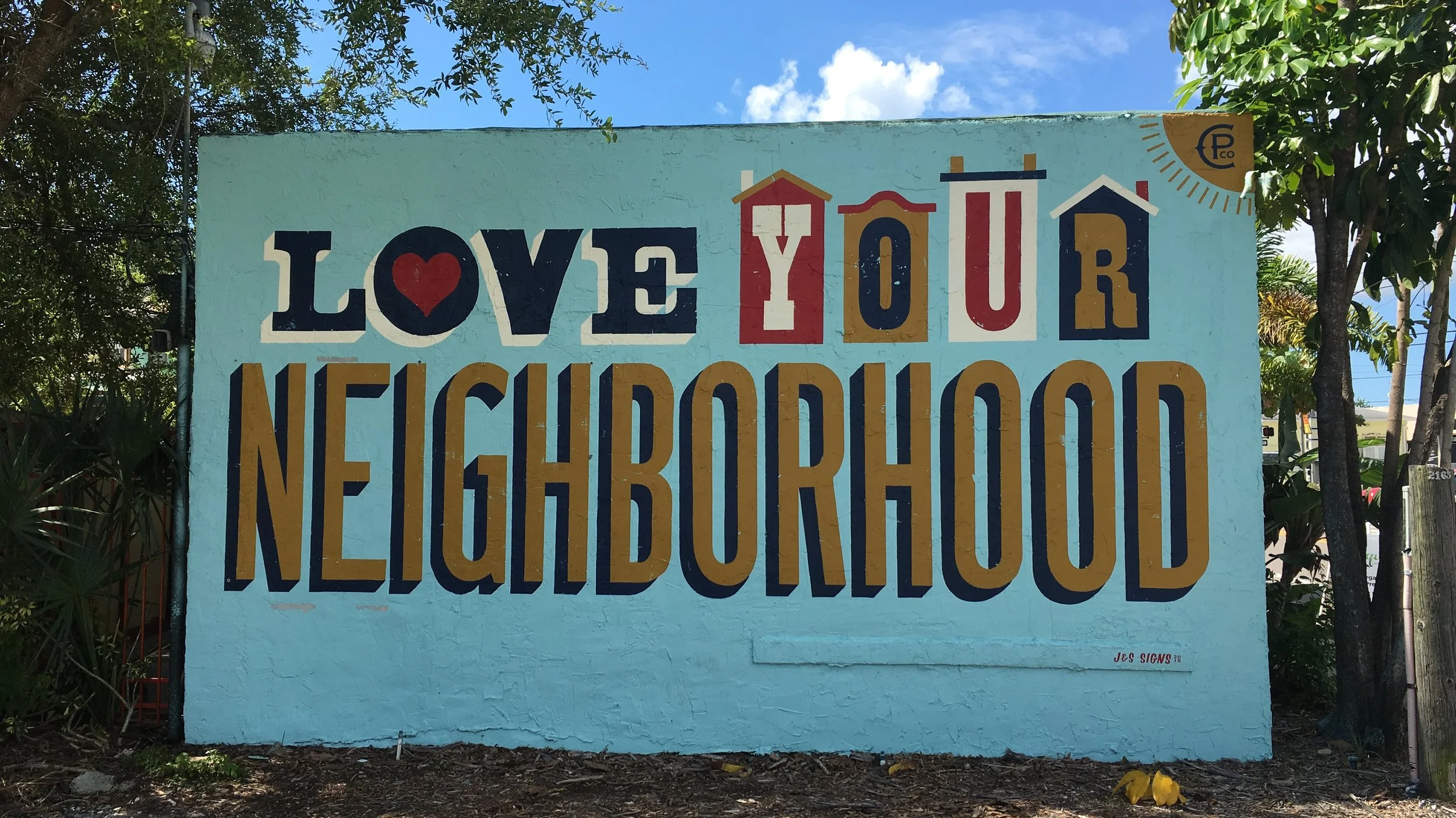I heard an interview on NPR the other day with author Ariel Sabar who wrote a book about couples who had met and fill in love in New York’s iconic public spaces. The book, Heart of the City: Nine Stories of Love and Serendipity on the Streets of New York, explores the critical and often overlooked role that our built environment plays in our emotional lives.
Sabar notes that some places are better designed for interacting, for people watching and for making eye contact with others.
“So the things that matter are, if a place is beautiful, if it gets your pulse racing and your adrenaline flowing, if there’s something interesting to look at, whether it’s a juggler or a street musician, then it’s the kind of place where strangers are more likely to sort of think favorably of one another and to strike up a conversation. And so, you know, there’s something to be said for going to a museum where you’re surrounded by beautiful objects because the people inside will also seem more beautiful” said Sabar to NPR’s Michel Martin.
In For the Love of Cities I note that we are “social creatures… endlessly fascinated by watching each other. Increase the people watching potential of the city, and you increase fun and overall satisfaction.” Because we want/need to see each other, public places that are designed to facilitate that connection innately make us happy. We respond to them, we are drawn to them. Indeed it is these places that we say we love about our cities and value disproportionately in the sum total of place.
Sabar concluded that “we do need to care about our urban parks and squares and gathering places. Because this is where, you know, people engage. This is where community is built. This is where democracy happens, democracy with a lower case d.” He pointed out that in Egypt, the central focus of that human revolution was a grand public square. An extreme example but it underscores the importance of these places in community engagement.
When polled or asked as part of a focus group, people will tell you the standard litany of what they want from their city – safety, a decent education system, transportation and lower taxes. Psychologists have noted that we are really bad judges of what we think makes us happy. We say we want safety, education and transportation and on some level we do (and we need them). But what I believe we really want, at our core, is connections to other people and meaningful engagement. And that comes from “silly” things like public parks, squares, public art, playgrounds and dog parks. No one falls in love with a place because someone fixed the potholes.





